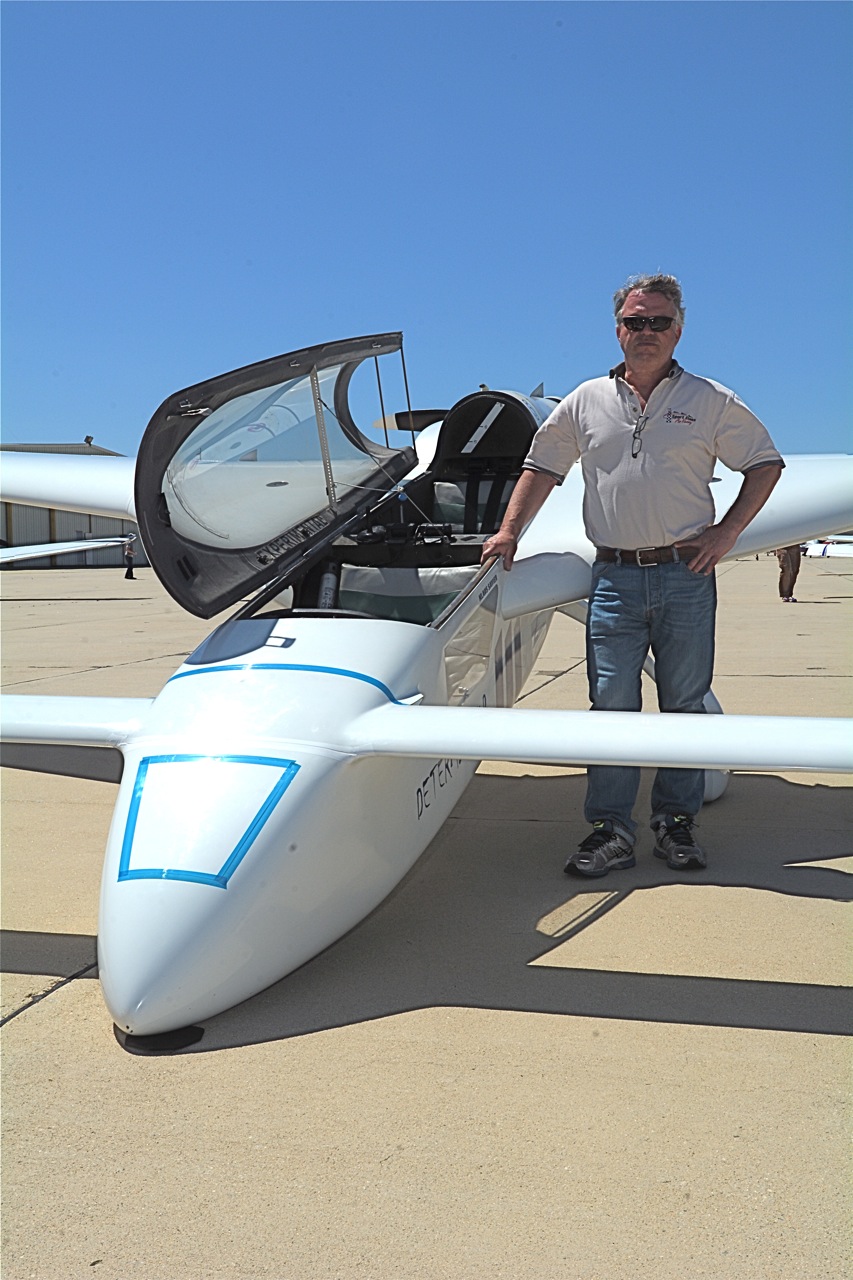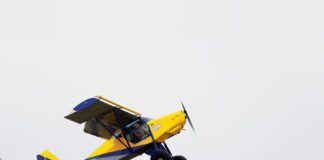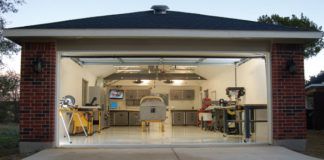
Our headline might sound like a Kraftwerk song title, but it captures the essence of Klaus Savier’s recent non-stop coast-to-coast flight. Lacking meaningful tailwinds Savier wasn’t trying to set a speed record, simply getting to the Sun & Fun fly-in, along with visiting friends at the Spruce Creek Airpark in Florida were the impetus for the 2,250 mile non-stop flight from his Santa Paula, California base. But he was trying to demonstrate there are practical benefits to the technologies available in experimental aviation.
Some of those technologies are Savier’s, of course. As head of Light Speed Engineering Savier is well-known for his Dual Plasma ignition systems; they’ve been found on high-performing experimentals for decades. His optimized Long EZ is sparked by Dual Plasma III ignition systems, and it is also fueled by a sophisticated automotive aftermarket electronic, high-pressure, sequential-fire fuel injection system allowing cylinder-by-cylinder adjustments on the fly. By cruising at the upper limit of VFR altitudes—17,500 ft.—and tuning for aggressive lean-of-peak operation Savier was able to get remarkable speed and fuel economy.
Average speed was 252 mph at 2560 rpm from a fixed-pitch 98×68 prop and still-air fuel economy calculated at 38.9 mpg from a 6.6 gph fuel burn. Savier said he saw precisely 40 mpg in level flight with a very small tailwind.
On his April, 4, 2016 flight, Savier’s parallel-valve Lycoming I0-360 was in the air 8.7 hours and burned 61 gallons of 100LL. The Determinator boasts a more than adequate 50 gallon internal fuel capacity, but a 27 gallon ferry tank in the passenger’s seat meant there was over 500 miles of fuel remaining after landing in Florida.
Other engine mods include a tuned-runner, carbon fiber intake manifold, carbon fiber oil sump and a custom machined aluminum accessory case.
Asked if he had done anything new to Determinator for the non-stop flight other than the ferry tank, Savier said he put considerable effort into sealing the cockpit from all that cold, drafty air at 17,500 ft. This sealing was mainly around the canopy, gear legs and engine mount at the firewall. Savier said the sealing doesn’t seem to make much difference until the last few holes are sealed, and then the foam sandwich construction of the Long EZ pays off with inherently better insulation than sheet aluminum, which makes a fair heat sink at altitude. Believing typical exhaust-driven cabin heaters are too dangerous, Savier’s Long EZ is heater-less and a down jacket was his main temperature defense. He also points out the multi-function displays on the instrument panel generate surprising waste heat and make passable impromptu hand warmers.
Aside from the temperature Savier says Determinator’s cockpit is very comfortable and the Garmin autopilot a major help (Determinator is close to neutral pitch stability, apparently due to canard gap seals).
While some of Savier’s modifications are cutting-edge stuff, much of them are off-the-shelf and all point to the fuel economies possible from improving engine management and attention to airframe detail.




